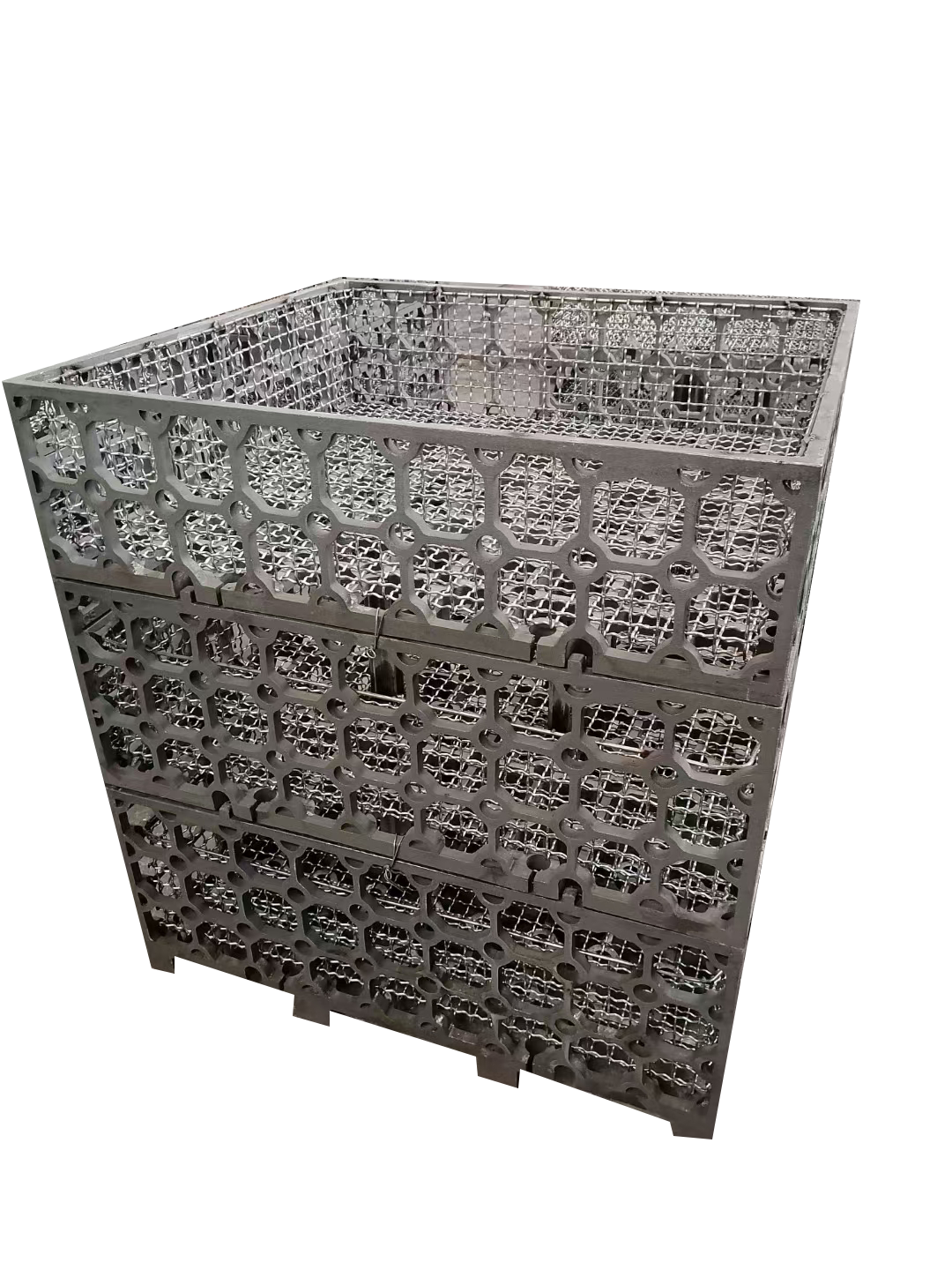welding cast iron to steel
Welding cast iron to steel represents a crucial metalworking process that combines two distinct metals with different properties into a strong, durable joint. This specialized welding technique requires careful attention to temperature control and proper material preparation due to the different carbon contents and thermal expansion rates of the two metals. The process typically involves preheating the cast iron to prevent cracking, selecting appropriate filler materials, and implementing specific welding procedures to ensure optimal fusion. Modern applications of this welding method span across multiple industries, including automotive manufacturing, industrial equipment repair, and structural engineering. The technique employs various welding methods such as stick welding (SMAW), MIG welding (GMAW), or TIG welding (GTAW), each chosen based on the specific requirements of the project. The success of welding cast iron to steel depends largely on managing the heat input, controlling cooling rates, and selecting the right filler materials to create a strong metallurgical bond between these dissimilar metals. This welding process has become increasingly important in both repair work and new fabrication projects, offering solutions for joining these commonly used industrial materials.


